Honorary members

Maria Skłodowska-Curie
Polish chemist and physicist, co-creator of the science of radioactivity. Winner of the Nobel Prize in 1903 in physics together with her husband Pierre Curie and Henri Becquerel, for research on the phenomenon of radioactivity discovered by Becquerel and in 1911 in chemistry for the discovery of polonium and radium, the isolation of pure radium and the study of the chemical properties of radioactive elements.
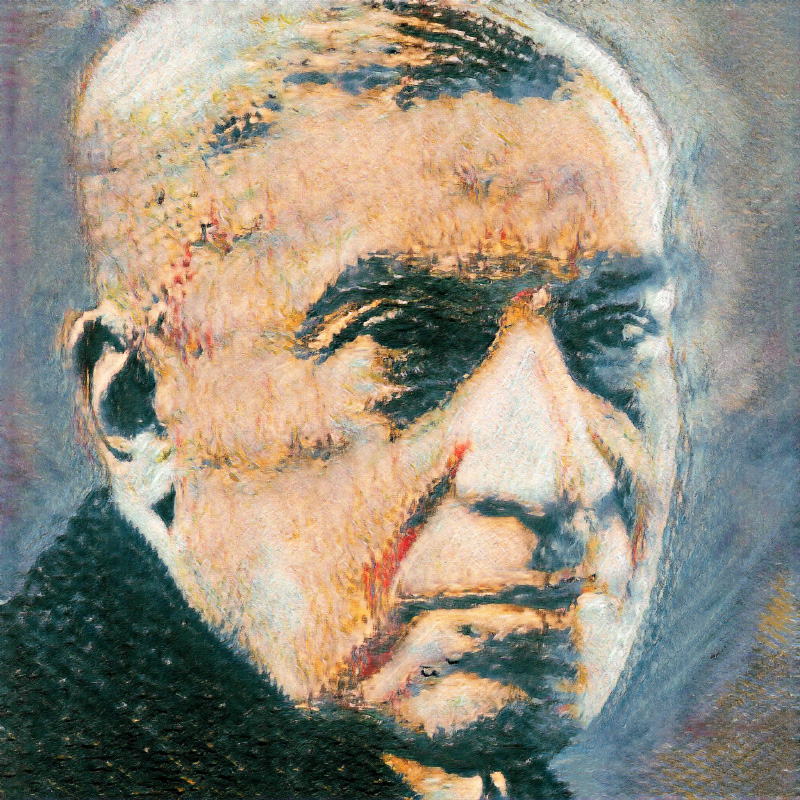
Władysław Natanson
The first president and one of the founders of the Polish Physical Society. The subjects of his research were: the kinetic theory of gases, thermodynamics of irreversible processes and its applications to the hydrodynamics of viscous fluids, the theory of electrons, the theory of radiation and optics. In professional foreign magazines and in reports of the Polish Academy of Learning, he published a number of papers in optics and other branches of theoretical physics.
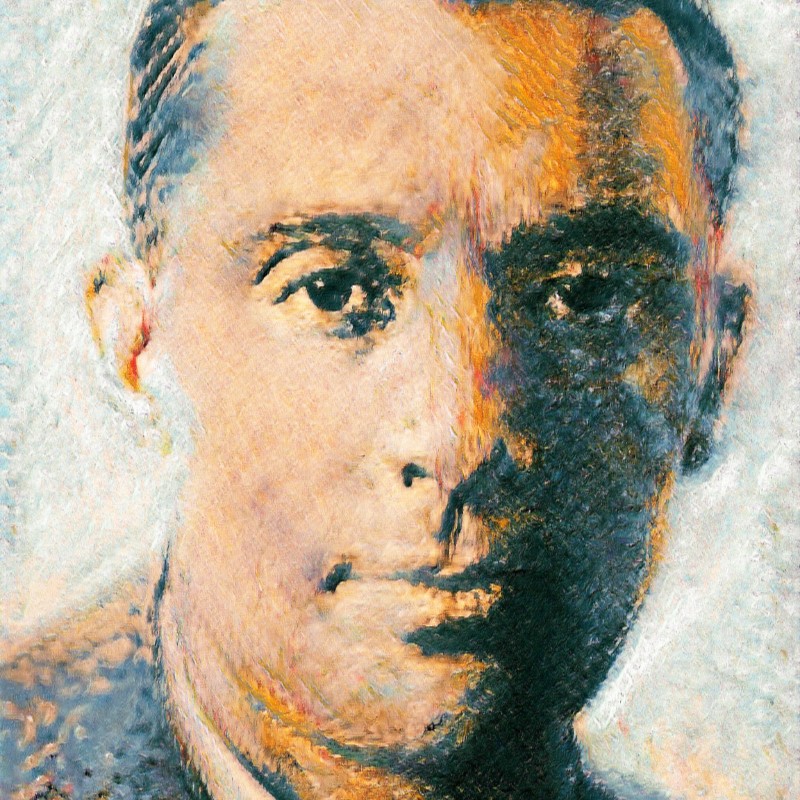
Frederic Joliot-Curie
He worked as an assistant to Maria Skłodowska-Curie at the Radium Institute. In 1926, he married her daughter, Irène Curie. He and his wife discovered the phenomenon of creating electron-positron (positronium) pairs from photons; in 1934 they jointly discovered and studied the phenomenon of artificial radioactivity. For these discoveries, they were jointly awarded the Nobel Prize in Chemistry in 1935. From 1950 until his death, he served as president of the World Peace Council.
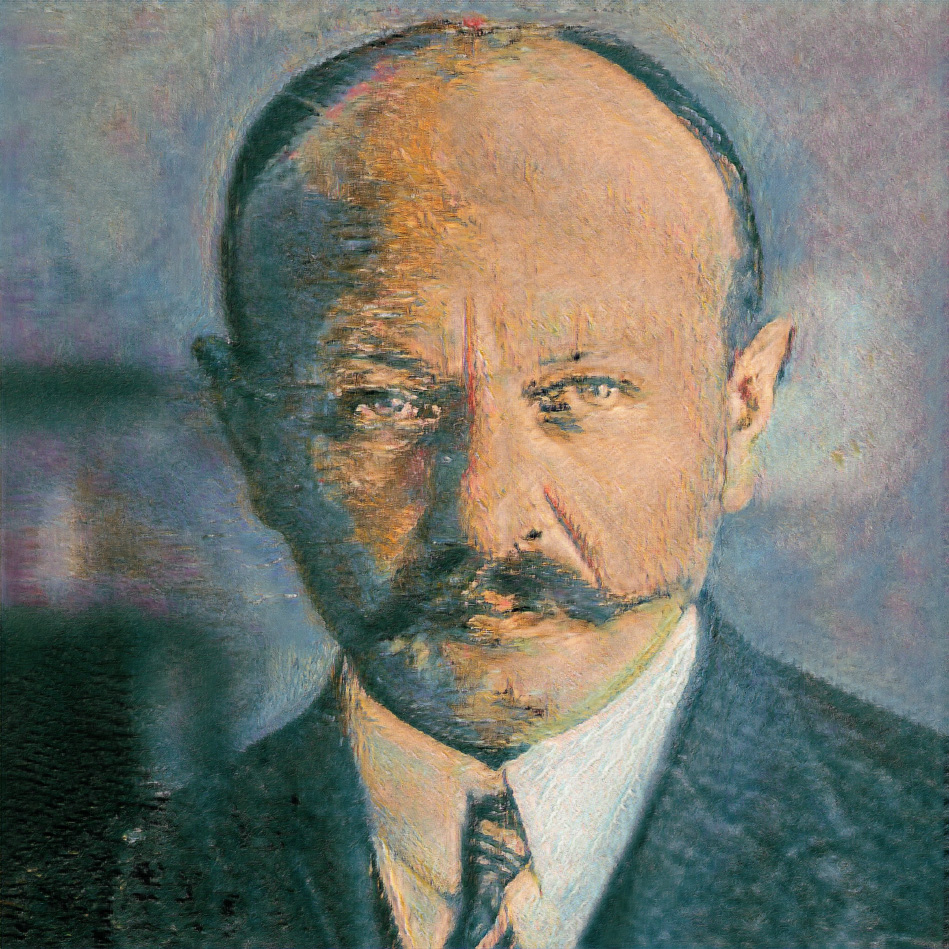
Stefan Pieńkowski
One of the founders and long-term president of the Polish Physical Society. He conducted experimental work on the phenomenon of photoluminescence, Raman phenomenon, applications of X-rays for structural analysis and radioactivity. He created the Warsaw School of Experimental Physics, where all directions of research were developed and from which came dozens of later professors of physics at universities.
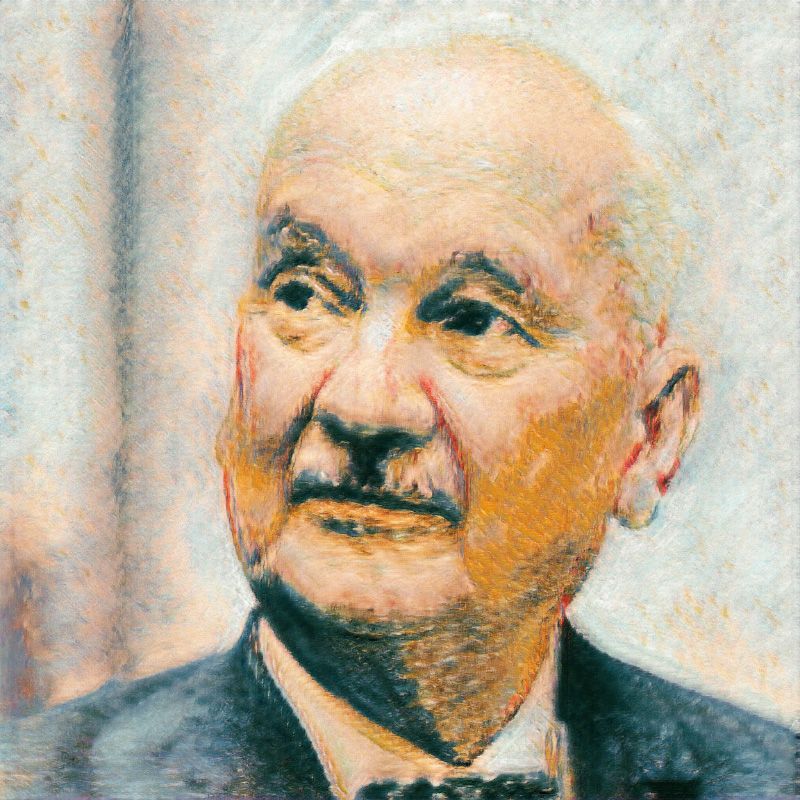
Wojciech Rubinowicz
Long-term president of the Polish Physical Society. He dealt mainly with the quantum theory of radiation, the theory of diffraction and mathematical physics. He was world famous for his discovery of selection rules for quantum transitions in atoms (1918) and the theory of electromagnetic quadrupole radiation (1928-1930), as well as his work on light diffraction (the so-called Young-Rubinowicz theory).
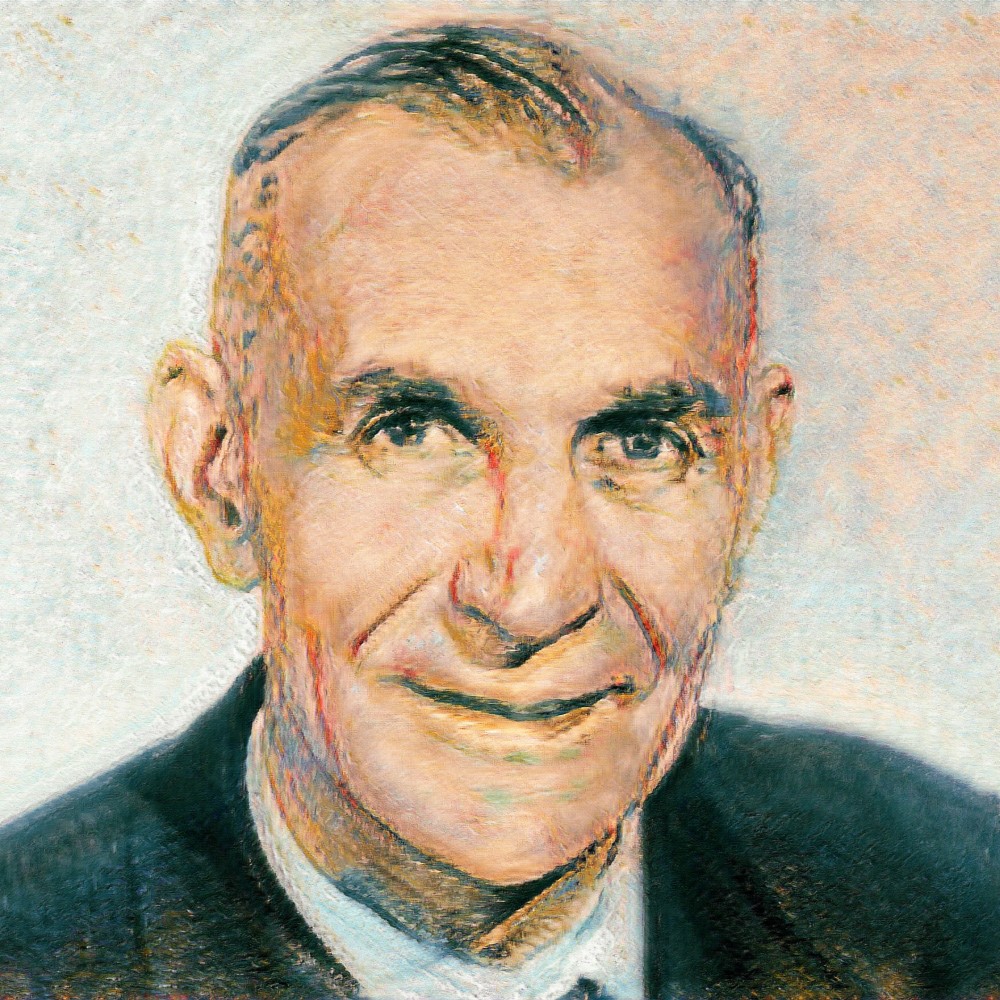
Alfred Kastler
He conducted research in the field of quantum physics and spectroscopy, explaining the interactions between light and atoms. In his experiments, he used a technique he called "optical pumping", which combined elements of optical and magnetic resonance. He was awarded the Nobel Prize in 1966 for his contribution to the development of optical methods in atomic spectroscopy.
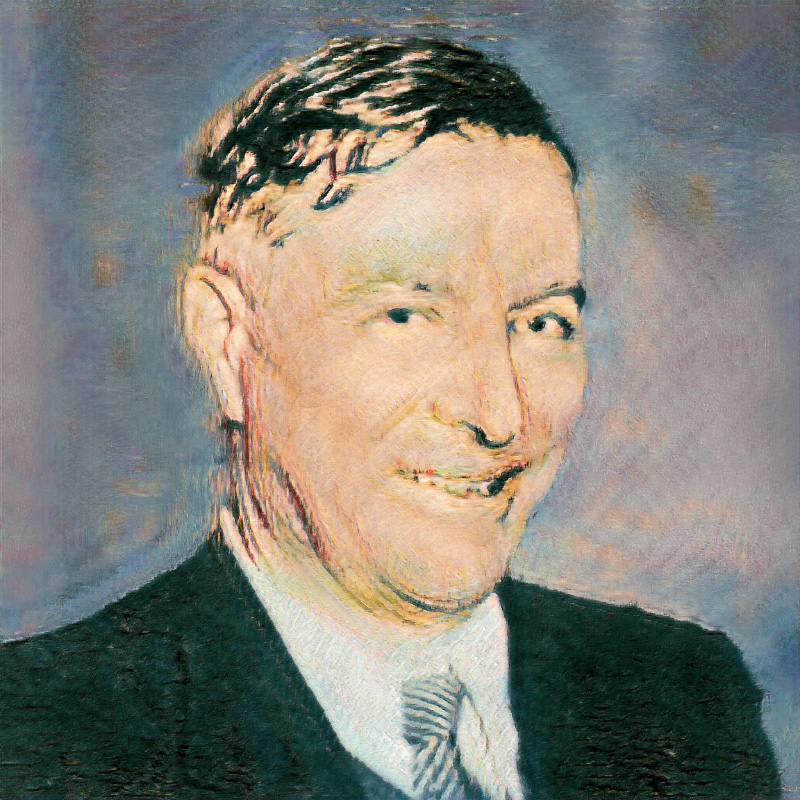
Aleksander Jabłoński
President of the Polish Physical Society. He conducted research on atomic and molecular optics. In 1933, he published a communiqué in Nature, in which he placed a diagram of the energy levels of a dye molecule. This diagram allowed to explain the occurrence of various forms of luminescence observed in solutions and was later named the Jabłoński diagram. He is considered the founder of the "Toruń school of physics"
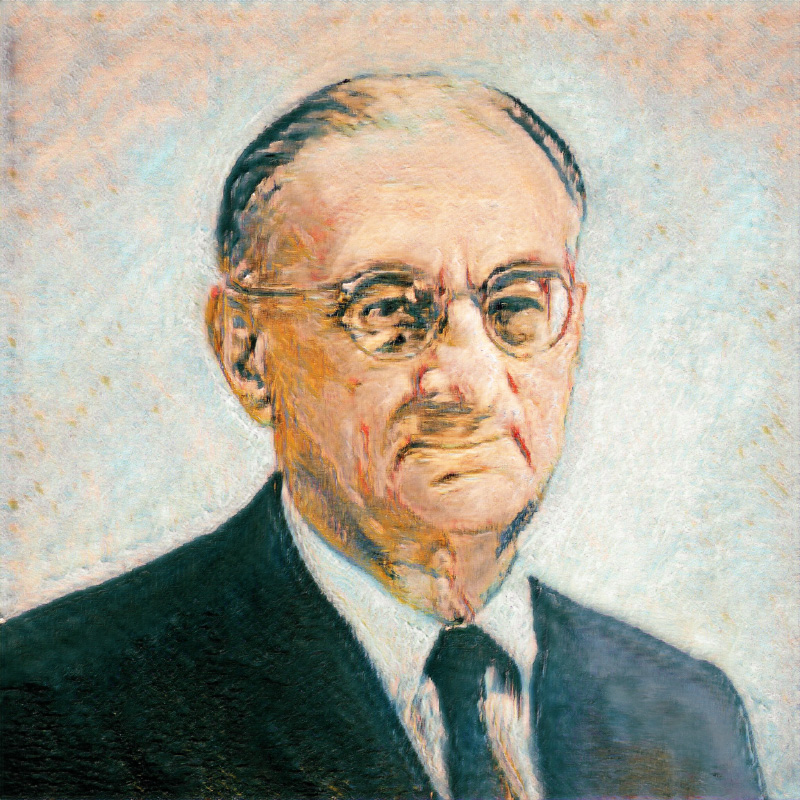
Stanisław Mrozowski
He presented the concept of experimental studies of hyperfine atomic structures using a type of Zeeman filter, now known as the Mrozowski filter. He was the director of the Coal Research Laboratory in Buffalo, USA, which became the world center for coal physics. He founded the international journal "Carbon", which he edited for 20 years. He participated in the work on the Manhattan Project.
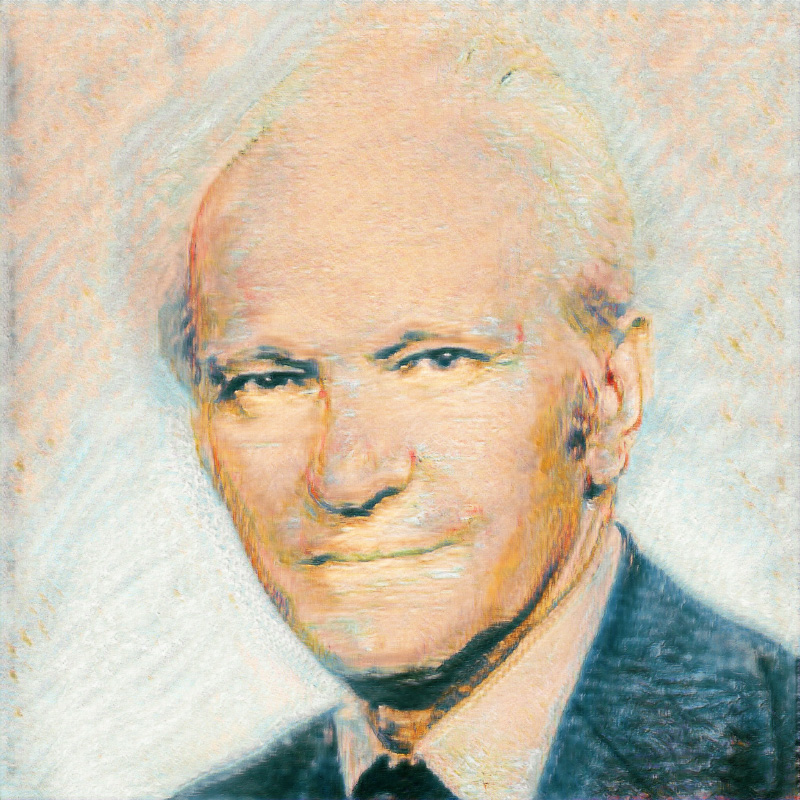
Zdzisław Wilhelmi
President of the Polish Physical Society. Director of the Department at the International Atomic Energy Agency in Vienna. His achievements include over three hundred publications in scientific journals in the field of nuclear physics with a global reach. Educator of the new cadre of Polish nuclear physicists. Most of his students went on to professorships
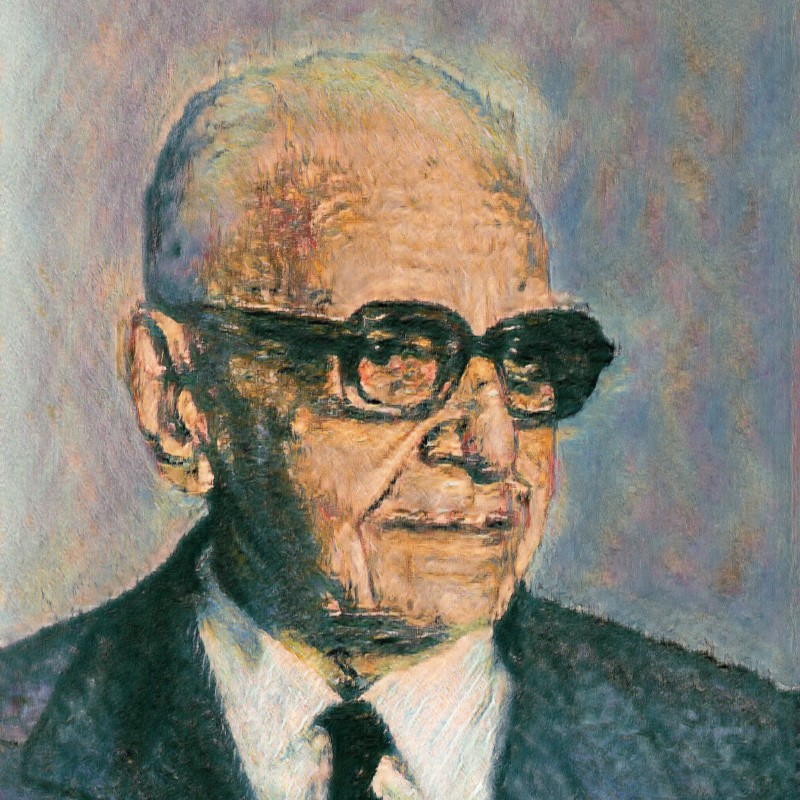
Marian Mięsowicz
Creator of a method for describing the viscosity of anisotropic liquids (liquid crystals). To this day, following Mięsowicz, there are eight viscosity coefficients for such liquids. He also dealt with elementary particle physics and nuclear physics. Creator of the Department of Nuclear Physics at the Jagiellonian University, initiator of the participation of Polish physicists in the European center for nuclear research of the European Organization for Nuclear Research.
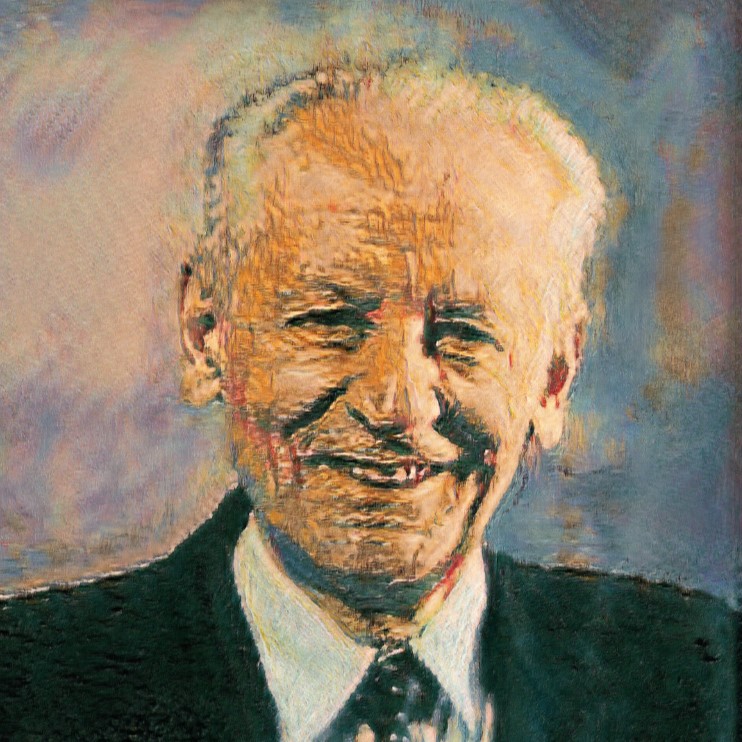
Andrzej Kajetan Wróblewski
His specialties are elementary particle physics (high energy physics) and the history of physics. He found a relationship between the average multiplicity of produced particles and the dispersion of their distribution (Wróblewski's formula). He also introduced the so-called the Wróblewski coefficient, describing the damping of strange quarks. In the monthly "Wiedza i Życie" he published hundreds of columns about famous scientists under the name Scholars in anecdotes. He wrote dozens of books on the history of physics, especially w Polsce
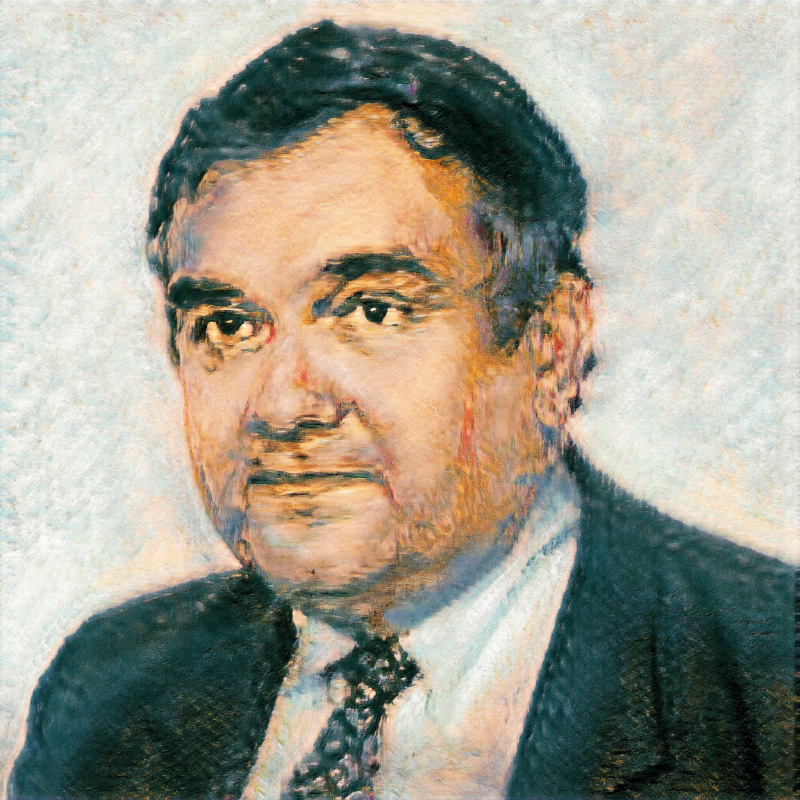
Henryk Szymczak
President of the Polish Physical Society and Fellow of the European Physical Society. He deals with solid state physics, magnetism, superconductivity and spectroscopy. He is a full member of the Polish Academy of Sciences
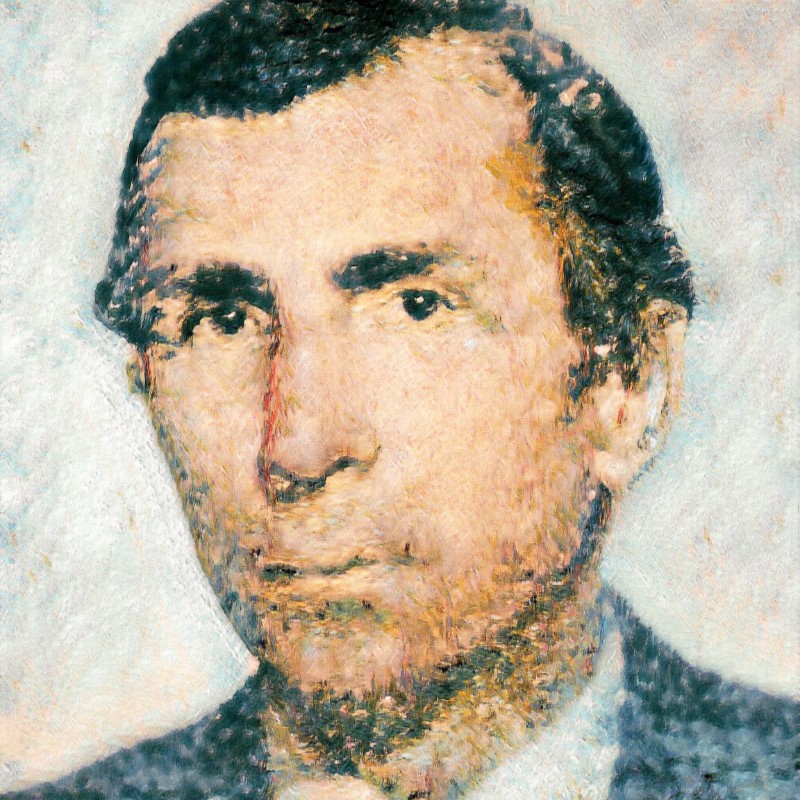
Franciszek Kaczmarek
Under his direction, pioneering research on the construction of the laser was carried out on a national scale, which ended in complete success - the first ruby laser was launched in Poznań on December 5, 1963, and the first maser on January 2, 1964. After retiring in 1999, he constructed a fiber laser in the green, excited by an infrared beam from a semiconductor laser
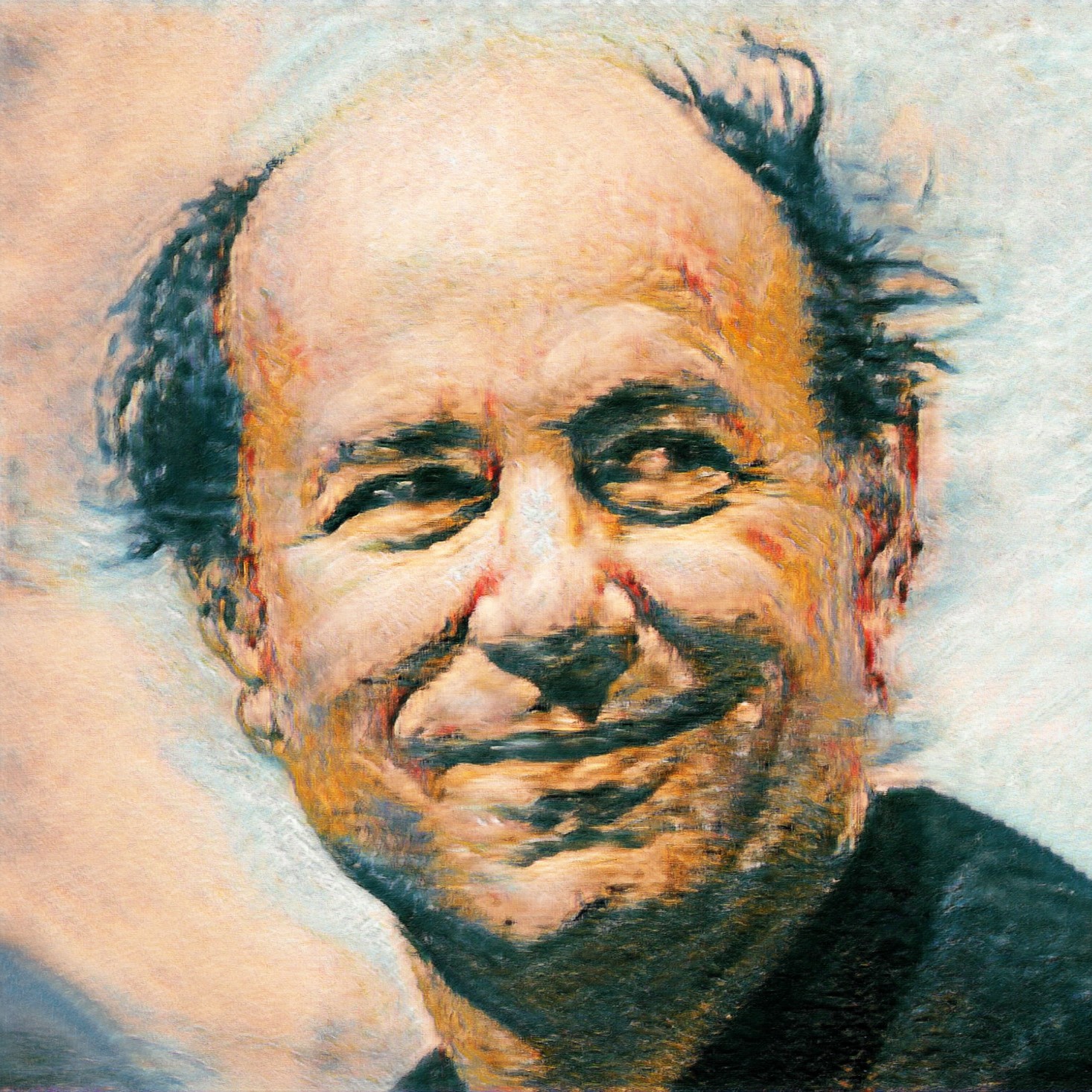
Frank Wilczek
American physicist of Polish-Italian origin, popularizer of science. He became famous mainly as a theoretician of elementary particles, especially quantum chromodynamics, where he studied, among other things, asymptotic freedom, for which he was awarded the Nobel Prize in Physics in 2004, together with H. David Politzer and David Gross. In turn, in 2022, he was awarded the Templeton Prize for the development of research on dark matter, and for considering the results of his investigations in a broader, philosophical context.
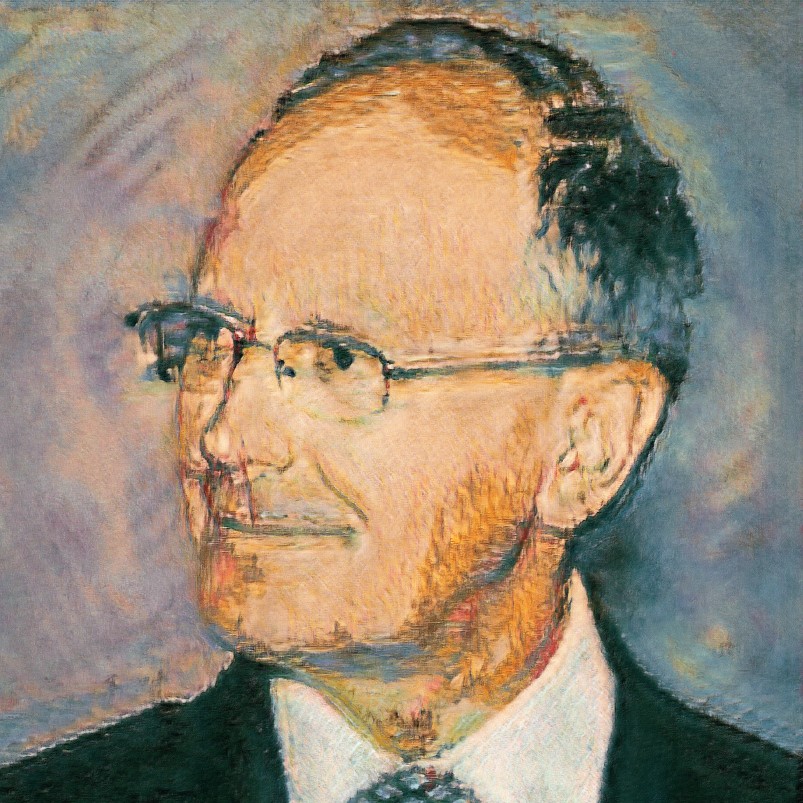
Andrzej Nadolny
Specialist in the field of photoconductivity of semiconductors and insulators. He worked at the Institute of Physics of the Polish Academy of Sciences, in a team dealing with the physics of semiconductors. In the 1990s, he headed the team of physics and technology of epitaxial layers. For many years, he actively participated in the organization of the Physics Olympiad and the Young Physicists Tournament, and in 2000-2006 he was the secretary general of the International Young Physicists Tournament. In 2016, he was awarded the World Federation of Physics Competitions award for his contribution to the development of international physics competitions.
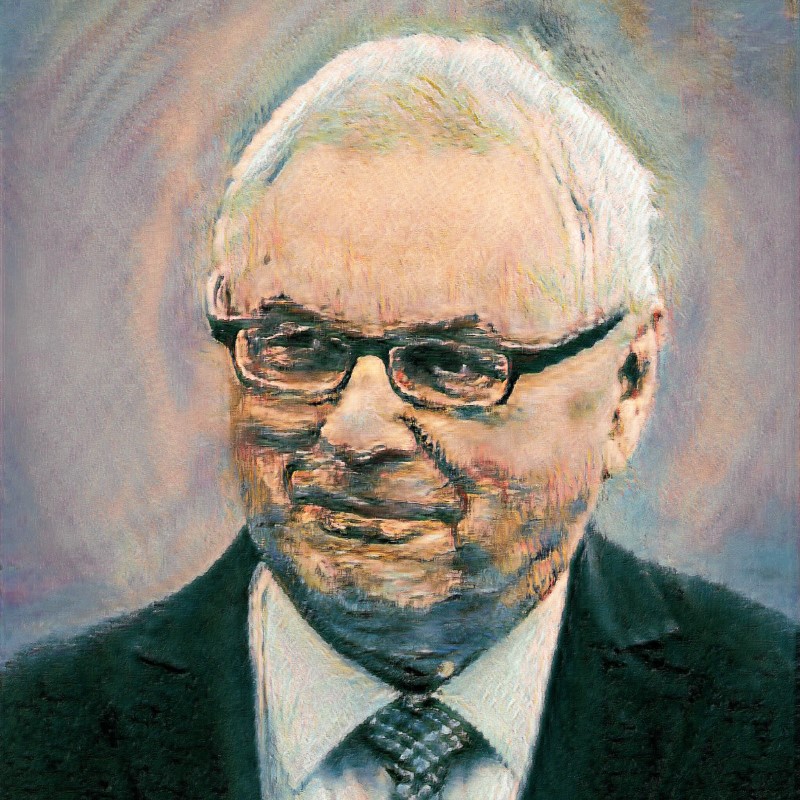
Wojciech Nawrocik
Specialist in the study of the structure and dynamics of molecular crystals, popularizer of science. Member of the EUPEN (European Physics Education Network) international network dealing with the monitoring of physics teaching. Winner of the PAP competition "Popularizer of Science 2018". Long-term coordinator of Polish participation in competitions for physics teachers "Physics on stage"
